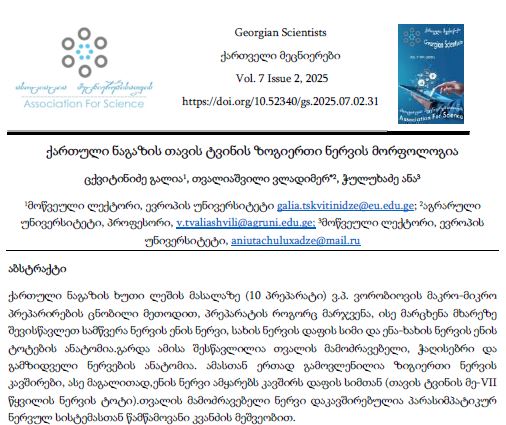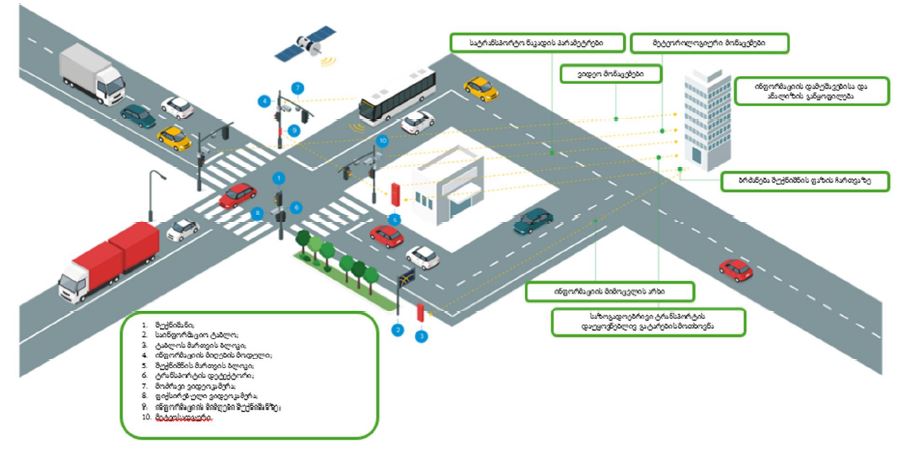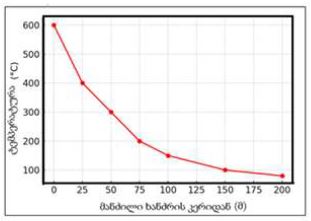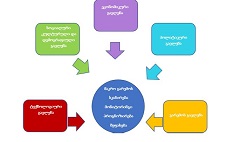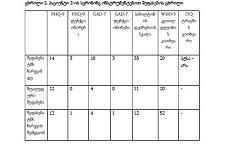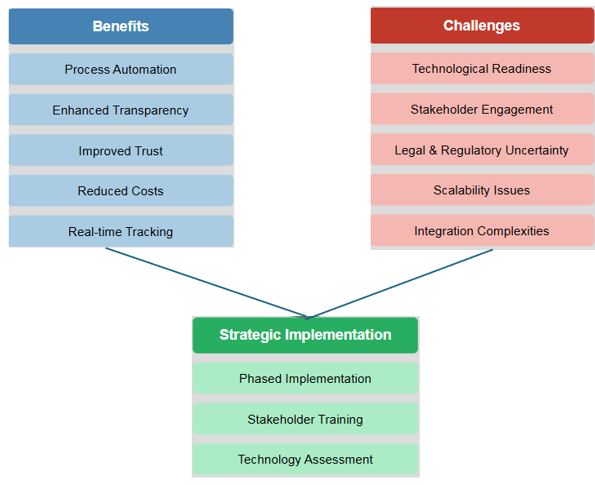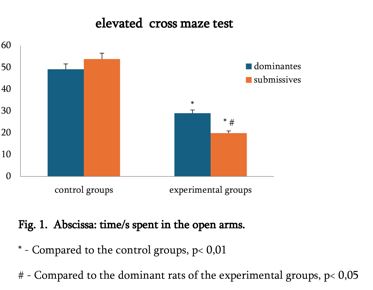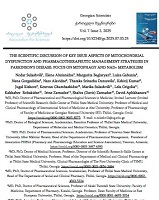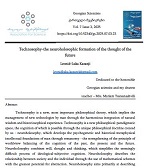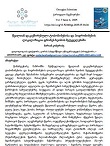Propagation of carbon monoxide in road tunnels in case of fire by considering the critical velocity, backlayering and gradient factor
Print version was published: Book of Abstract, The International Scientific and Technical Conference: "Problems of Engineering Sciences " Yerevan University of International Relations named after A. Shirakatsi Yerevan - Republic of Armenia, May 20-22, 2022
Downloads
The optimal use of transit potential is viewed as one of the basic means under the Economic Development Strategic Plan for Georgia with a primary emphasis on the modernization and development of the transport infrastructure. In this regard, the construction and improvement projects for the main and auxiliary highway structures are planned and carried out successfully across the country, with the construction of over 50 road tunnels in the country being one of the components. The sustainability and safe operation of the tunnels is the criterion for the successful implementation of such complex projects. As a result, it is critical to evaluate all risk factors for the safe operation of road tunnels as objectively as possible [1].
Downloads
Metrics
O. Lanchava. Analysis of critical air velocity for tunnel fires controlled by ventilation. Mining Journal No 1, Tbilisi, 2019: 126-132.
O. Lanchava, N. Ilias, G. Nozadze, S. Radu, R. Moraru, Z. Khokerashvili, N. Arudashvili. FDS Modelling of the Piston Effect in Subway Tunnels. Environmental Engineering and Management Journal 18 (4), 2019: 317-325.
O. Lanchava, N. Ilias, G. Nozadze, S. Radu, R. Moraru, Z. Khokerashvili, N. Arudashvili. The impact of the piston effect on the technological characteristics of ventilation in the subway tunnels. Proceedings of 8th International Symposium “Occupational Health and Safety” SESAM, Vol. 2, Petrosani, Romania, 2017: 342-352.

This work is licensed under a Creative Commons Attribution-NonCommercial-NoDerivatives 4.0 International License.























































